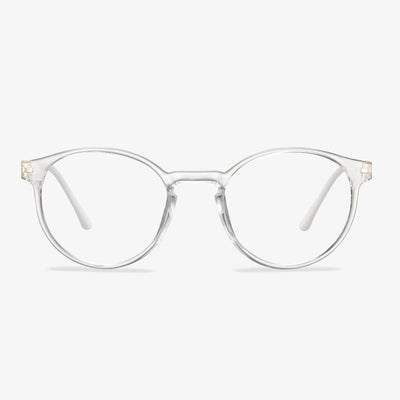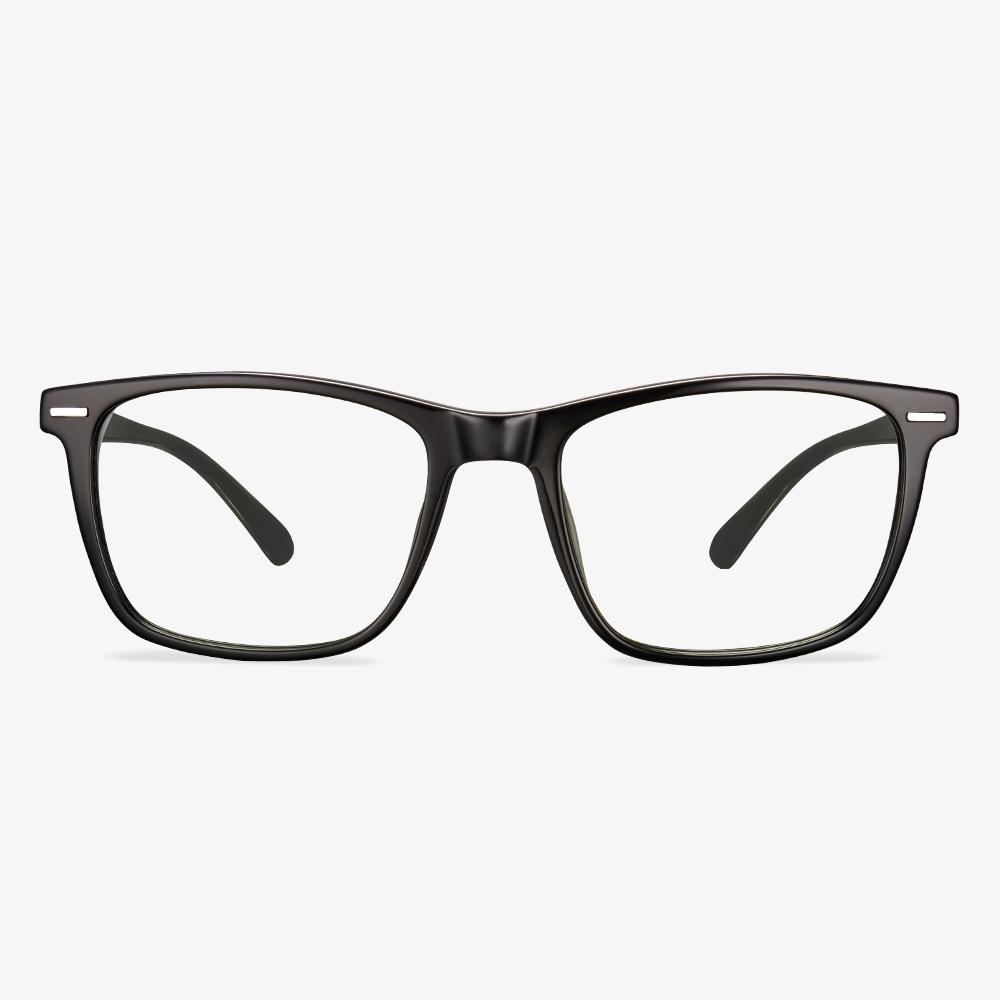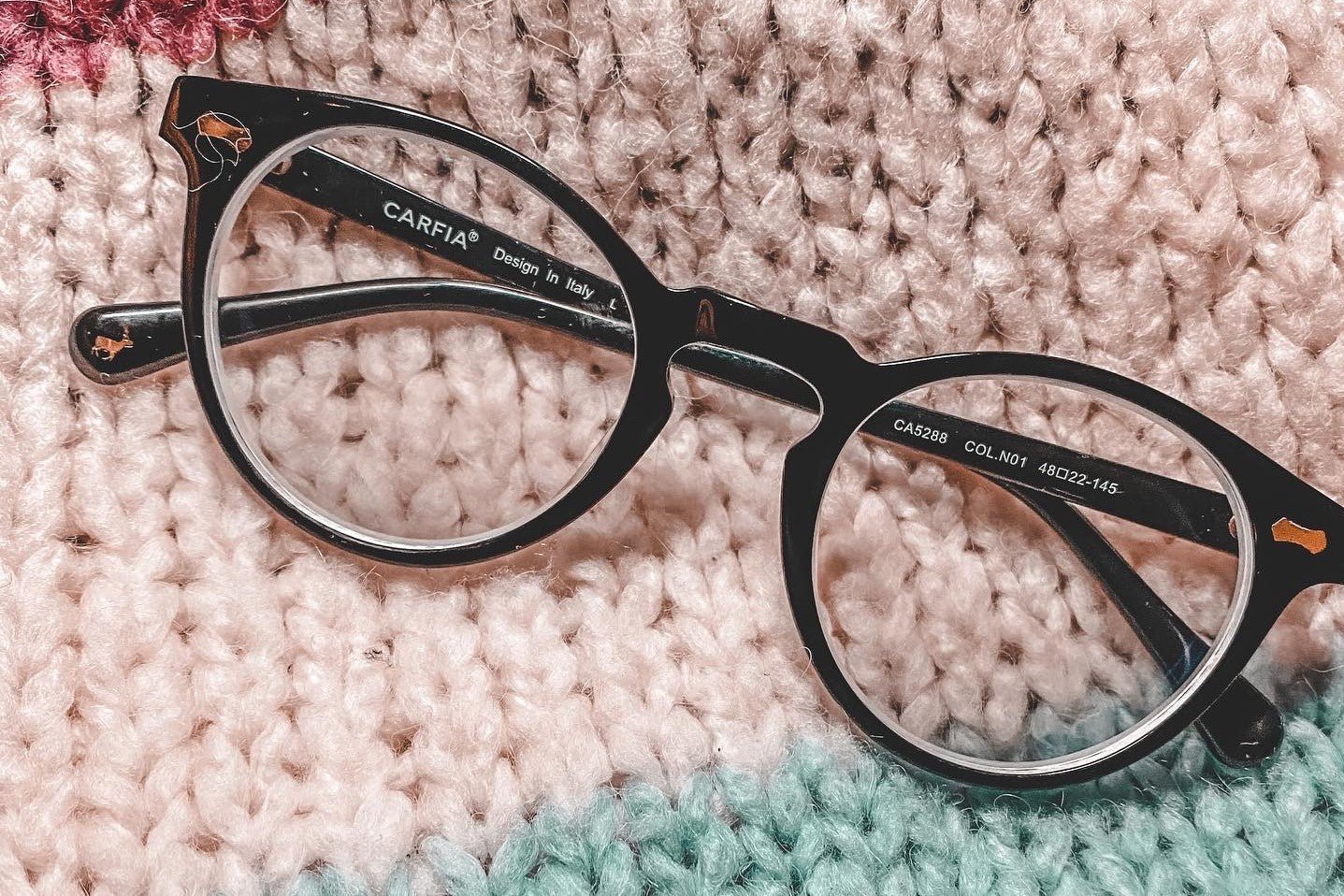Step-by-Step Glasses Size Guide
In this section, we will show you how to perform glasses measurements. But the first thing is to know what face shape you have. If you do not know, click here to have a check.
Then you need to know where to find the size measurement of your glasses. In general, you will find numbers that look like this 51-17-145 at the temples of your eyeglasses. Of course, these numbers come at different meanings.
The first number often refers to the lens width. Lens width is the horizontal diameter of the lens at its widest point. In optometry, another term is eye size.
The second number often means the bridge width. Bridge width is the part that joins the two lenses and sits over the nose. Some refer to this as the gap. The bridge width varies between 14 and 24 millimeters.
The third number often means the temple length. The temple is the arm that keeps the sunglasses on your face. That arm extends to the part that hangs on the ears. The length is usually 135, 140, or 145 millimeters.
Lens height measures the size of the lens vertically, that is from the top to the bottom of the lens. Although sizes may differ depending on the brand, the standard size is somewhere between 32 and 38 millimeters.
Tips for New Glasses Headaches
As you may suffer headaches from wearing glasses, there are some tips for you.
- Don’t wear your old glasses because this only prolongs the headache.
- Rest your eyes as needed throughout the day.
- Choose anti-reflective lenses for lengthy computer use.
- Make sure your glasses are fitted properly.
- See your eye doctor.
If you suffer from new glasses headaches, these tips may be helpful for you.
What Are Progressive Glasses?
Trifocal glasses and no-line progressive lenses are multi-focal glasses, meaning that their lenses offer multiple correction fields. Whether you have been wearing multi-focal glasses for a while, or you have just begun to look at options for correcting vision after 40 years old, you may have heard the terms trifocal or progressive glasses.
Progressive lenses offer a smooth transition from distance vision through intermediate vision to near vision, and they supply all the in-between corrections. Progressive lenses have three different viewing zones, as trifocal glasses do, and they have progressive powers of corrections, easing eye strain and providing the most natural vision correction.
What is a titanium alloy?
Titanium alloy refers to any alloy metal made of titanium with other metals.Titanium is an important structural metal developed in the 1950s. Titanium alloy has high strength, good corrosion resistance, and high heat resistance.
Why do people like wearing rimless glasses?
Suitable for a Variety of Face Shapes. The rimless glasses can perfectly present the lens without the wrapping of the frame, hence, they are very ornamental. Rimless glasses work on all face shapes, even if you have a heart-shaped face, a round face, a square face, or the enviable oval face. Compared with thick-rimmed glasses, rimless glasses do not cover too much face shape and can show the wearer's style and temperament. People with small faces will have a better wearing effect.
Understand the basic knowledge of prescription of glasses
The prescription mainly includes the refractive status of the eye, degree of correction required, pupil distance, and the purpose of using the lens. Nowadays, there are many brands and varieties of glasses. Glasses are usually classified according to the material, structure, and use of the lens. Most of the glasses in the prescription are classified by structure. Nowadays, single vision glasses and multi-focal glasses are mainly used, and multi-focal glasses include bifocal glasses, three-lens glasses, and progressive multifocal lenses.
The characteristics of metal material
The material of metal glasses frame chooses some kind of metal material or alloy to make mostly. Most of the copper alloys are treated as the base material and then have surface treatment processing. Then there is the recent rise of pure titanium frames and those made of memory alloy. Metal frames are usually equipped with nose pads, which are movable to accommodate a variety of nasal shapes. The end of the temple is often covered with a plastic cover, not only beautiful but also to protect the temple and skin.











































